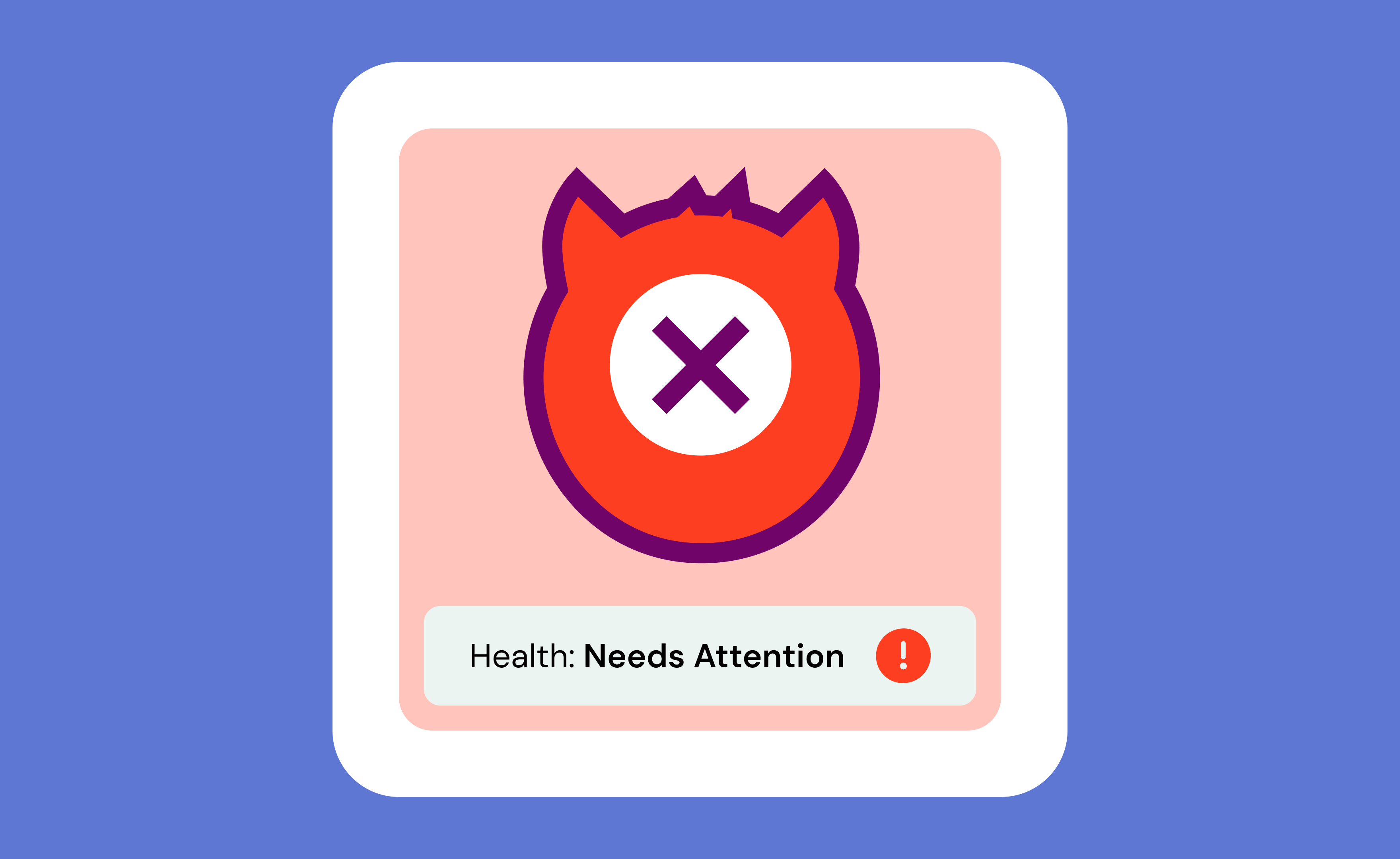One of the most common and enduring questions we get asked from our customers: What do all these different spam traps mean? As we increase the amount of signals in our platform, we thought it might be good to come up with a way for all of us to keep tabs.
So here are the most common spam trap types… if they were your college roommates. You know, one you didn’t quite choose but you really got to know over the years? We hope they provide a definitive guide and also give you a good laugh.
Pristine Spam Traps
Also known as “honey pots,” these email addresses have never been released for email use and should never be opted in for marketing email campaigns. ISPs or blocklists create these email addresses for their own trap monitoring purposes, sometimes placing them on publicly available websites to see if anyone scrapes the page for the email address.

What do they mean: Spam traps of this nature often indicate a problem with email list collection practices and pose a major risk of serious deliverability issues if not addressed. Even one pristine trap should be taken seriously.
If they were your college roommate: The queen bee–and don’t forget it
Recycled Spam Traps
These email addresses are often once legitimate sign ups that were converted to spam traps over a period of time after being abandoned or closed down by the user. Often, recycled traps will return a hard or soft bounce code for a period of 6-12 months before being converted to a spam trap.

What do they mean? ISPs use spam traps to identify email senders that are not keeping up with list hygiene practices and bounce management. Consider recycled traps as a warning sign that you’re mailing to too many users that are no longer engaged and have moved on.
If they were your college roommate: The one-time athlete, living his glory days
Parked Spam Traps
These spam trap addresses are located on parked domains. This means the domain name itself is parked with a domain registrar service and is unavailable for use. Domains can be parked for a variety of reasons and tend to not host email services or website content. Many were once active, hosting email accounts before being parked. Once their email services go offline, you won’t see email engagement from them–so you shouldn’t be sending to them.

What do they mean? Sending to parked domains doesn’t necessarily mean you are sending to trap addresses at major blocklists or ISPs, but it does point to the fact that your current sending and list segmentation practices need work. Ask yourself: if we’re sending to users at parked domains, who else are we sending to that we shouldn’t?
If they were your college roommate: The 3rd year freshman, who may or may not be in his ‘30s
Typo Traps
These emails reside at a domain name that is a commonly misspelled version of an ISP, indicating that invalid email addresses are opting in to receive marketing or transactional emails.

What do they mean? Typo traps are less harmful in nature compared to recycled and pristine traps, but over time point to list hygiene practices that can be improved on. Use typo traps to identify areas of your opt-in process that can be improved.
If they were your college roommate: The fun-loving, slightly crunchy hippie (Warning: may also have a man bun.)
SNDS
These are email addresses that are monitored by Microsoft’s Smart Network Data Service to help identify senders that are sending unsolicited mail. These could be older domains, typo traps or other types.

What do they mean? SNDS trap hits could mean a variety of list hygiene, segmentation or poor email collection practices. If you’re hitting traps at Microsoft via SNDS, it’s safe to say you’re hitting traps at other ISPs monitoring very similar data sets. What is for certain is that too many SNDS trap hits will prevent you from reaching the inbox at any Microsoft managed domains you want to send to. If Outlook.com, Hotmail.com, Live.com or Office 365 are important to you, you’ll want to pay attention!
If they were your college roommate: The super studious one you can’t get out of a book–but you know she’s always listening
Okay, So What Do I Do Next?
Whether you are noticing a sudden increase with recycled traps, or you’re hitting different forms of traps (e.g. Pristine, Typo, SNDS) it tells you that there is room for cleaning up your mailable audience and lowering your overall deliverability risk.
- Review your data collection practices. This point is worth repeating: Spam traps are less common if you avoid any 3rd party data collection, list purchasing or email append processes. Evaluate the quality of all your opt-in channels and flag any that are contributing to higher bounce rates or lower engagement rates.
- Review your data segmentation and email recency rules. Are you targeting based on email recency today? Consider tightening up this segmentation to target more of an active base and drop some of your most disengaged recipients. You may want to consider factoring in a subscriber’s email recency as well, since more recent is usually more actively engaged as well.
- Review your current rules for both hard and soft bounces. Ensure that you have adequate rules in place that work with your sending cadence, to ensure that invalid or recently closed down addresses and domains have an opportunity to naturally bounce off of your list. Many spam traps will return a bounce code to your ESP for a duration of time prior to becoming a deliverable spam trap, giving you ample opportunity to remove it from your mailing list. You got this!
This is just a primer–there’s so much more digging to be done. If you’re interested in getting more visibility into your program or need an expert deliverability opinion, we’re always here to help. Schedule a demo with us here.





